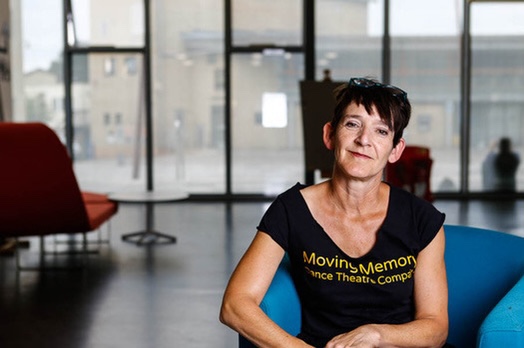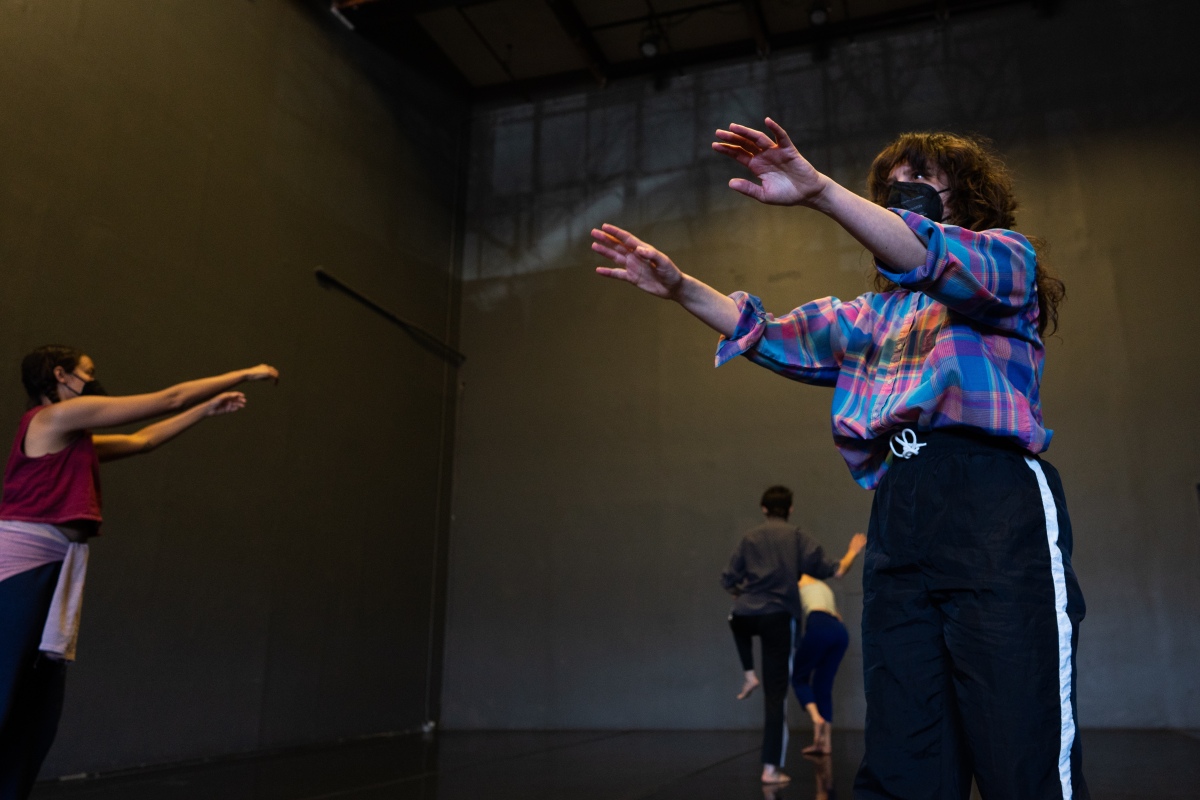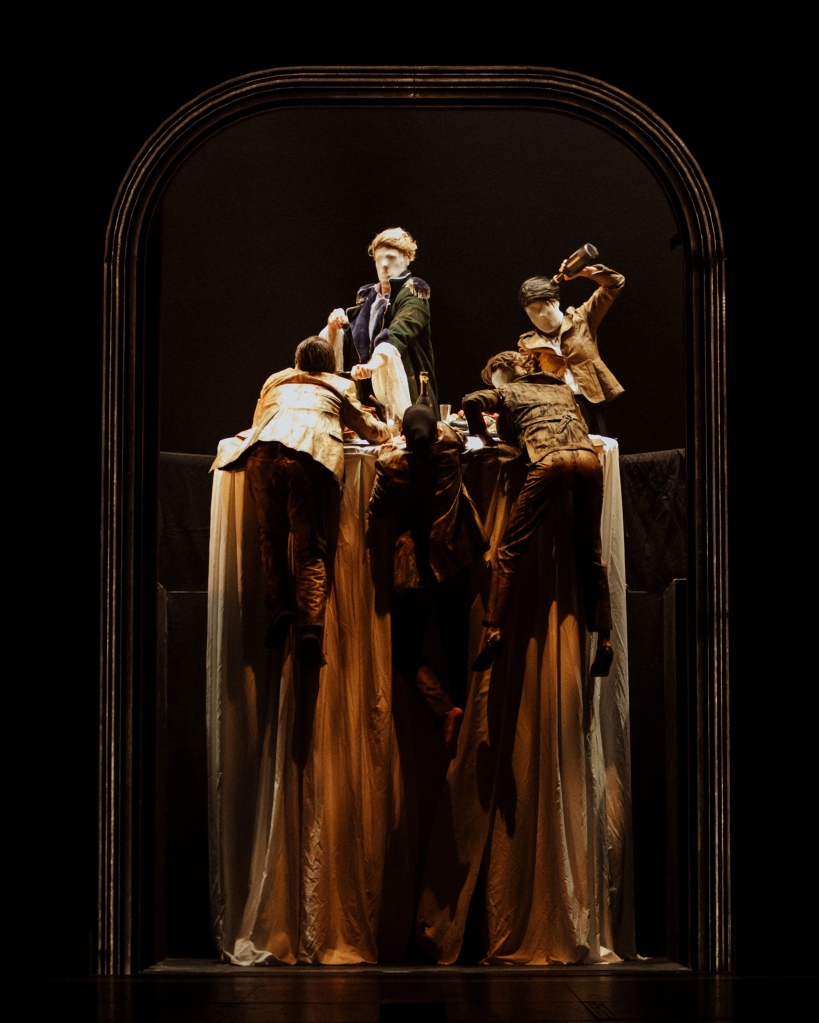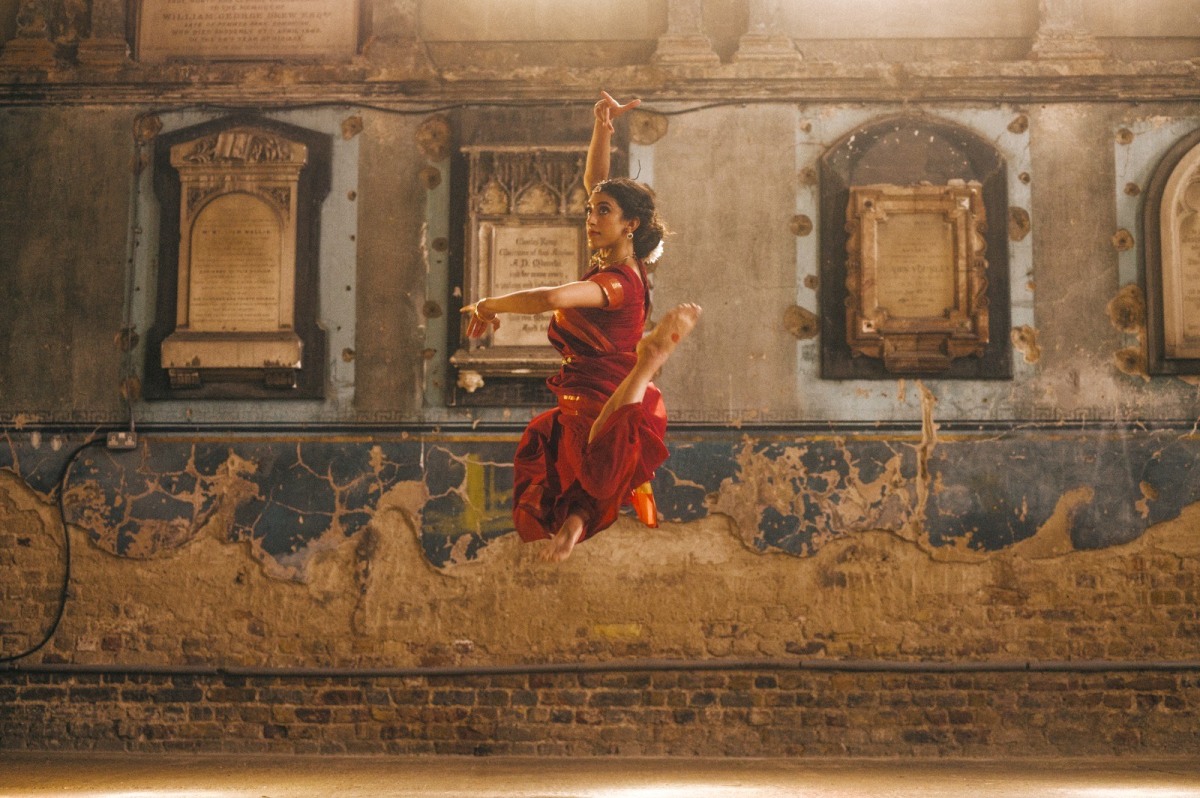Words by Katie Hagan.
Organisations based in local and regional communities are true agents of change. Moving Memory Dance Theatre Company, a north Kent based dance organisation established in 2010, is one such example, using movement or dance to challenge the stereotypes surrounding older people.
Led by director Sian Stevenson, a choreographer who’s been working in physical-based storytelling and community dance for over 30 years, Moving Memory Dance Theatre Company has had a demonstrable impact in its community and beyond, creating connections between dancers and audiences in Kent and overturning ageist perceptions around what a dancing body is.
We caught up with Moving Memory to chat about why community dance is vital in the UK, Moving Memory’s latest project DamnitDanceit! and how they are dismantling numerous geographical and social barriers to the arts.
Q: Thanks for chatting to us, Sian! When and why was Moving Memory established?
Sian: When we first set up the company there was little opportunity for older women’s voices and bodies to be heard and seen in a performance space. There were lots of problematic stereotypes.
It took time to convince venues that older women can and do get bums on seats, which is one of the reasons we took to the streets, as well as mainstream venues, to reach a non-traditional theatre audience. This wish – to offer opportunities to new audiences – has remained central to our vision and became manifest in our participatory programme, ‘Moving Well’.

Moving Memory started in 2010 as the result of a commission from the University of Kent Creative Campus initiative. We worked with older people in a care home and then found a group of older women (we invited all genders, but it was the women that came forward) to carry those stories about friendship and love into a performance space. Following this event, the group of women involved said that they didn’t want to stop moving, so the core company was born, and began to train and devise work as an ensemble of seven women, 50+ who have stayed together (with one or two changes) ever since.
Q: In your experience, how does community dance benefit older people?
A: The work we produce, and the way it is produced, addresses the ageism which “leads to poorer health, social isolation, earlier deaths and cost economies billions”. By showing that getting older can be liberating and life enhancing, and through working intergenerationally, we demonstrate the richness, value and importance of older people’s lives and contributions to local communities.
Moving Memory has a strong track-record of making a significant difference to the health and activity levels of the people we work with. The way we do this is described in feedback from the commissioners of Moving Minds – a project for adults with enduring mental health issues in Medway.
Q: Why is it important for dance to have this community presence in regional areas where access to art is very limited?
A: Traditionally, dance and movement-based performance opportunities have been concentrated in cultural meccas – the major cities in the UK. Access to the creative spaces and training opportunities have been the domain of those who are privileged. We need to establish a presence in places that are deprived of such resources, harnessing the diverse experiences of different communities, celebrating those people and offering new ways of putting their stories into the spotlight.
This feeds individuals’ and communities’ heart and soul, with knock on benefits in terms of health and well being socially, economically, culturally – in all ways.




Q: What’s the story of the Damnit!Danceit! project so far?
A: DamnitDanceit! was conceived as a result of a conversation I had with one of my daughters during lockdown about mental health and the need for a place and space to dance out sadness, anger, the heebie-jeebies, the stuff that pulls us down at times.
Moving Memory has done a lot of work in shopping centres and, in doing so, met and worked with a really diverse mix of people. So for DamnitDanceit! the basic idea was to take over a space in a shopping centre and explore the idea of establishing a flash mob company, investigating the benefits for participants, the community and the centre. It’s about empowering people to become the movers and makers of dances that tell their stories and experiences, and in doing so encouraging people to become the founders of a distinctive creative community.
We’ve piloted the project at two centres; the Pentagon in Chatham, and Royal Victoria in Tunbridge Wells. The response has been fabulous. Some people join us for the whole run of six weeks for the full two hour sessions, others pop in for a quick 10 minute groove and leave us feeling lighter. Both groups have subsequently been invited to be part of other performance events so, fingers crossed, we can really build on these successes in the next run.
Q: What has the reaction or feedback been when audiences watch the flash mob style performances?
A: Quite fabulous! Lots of passers-by stop to take part in the dance, lots of people filming and sharing the work on social media. It’s creating a sense of buzz and momentum around not only the participants but the wider community using the centres.
Q: What’s next for Moving Memory?
A: We’re at a really exciting time in our development. We are expanding our programme of work in various different localities, offering a comprehensive package which includes DamnitDanceit! groups and ‘Groovin Well’ groups which will take place in community settings run on similar principles to DamnitDanceit! but approaching the work at a slightly deeper level. The aim is to work towards creating an ongoing committed creative company which devises performances. These initiatives would be run by local facilitators who have been trained in Moving Memory practice, but who, in turn, would look to train others ensuring sustainability, led by locals, for locals.
We’re building partnerships with theatre venues in the localities to embed performances by older people in their programmes. This is kick started by our professional core company and their new piece, ‘The Devil’s Doorbell’ which goes into R&D this autumn. We hope to work with local groups to create ‘Openers’ for the venues’ shows.
And lastly, in collaboration with People Dancing, we’re in the process of creating an accredited Facilitator Training course which will be a mix of online and in person learning.
DamnIt!DanceIt! sessions run across Kent in Chatham: Pentagon Shopping Centre Wednesdays at 1.15-3.15pm until 26th October.
Tunbridge Wells: Royal Victoria Place Fridays at 1.15-3.15pm until 28th October.









